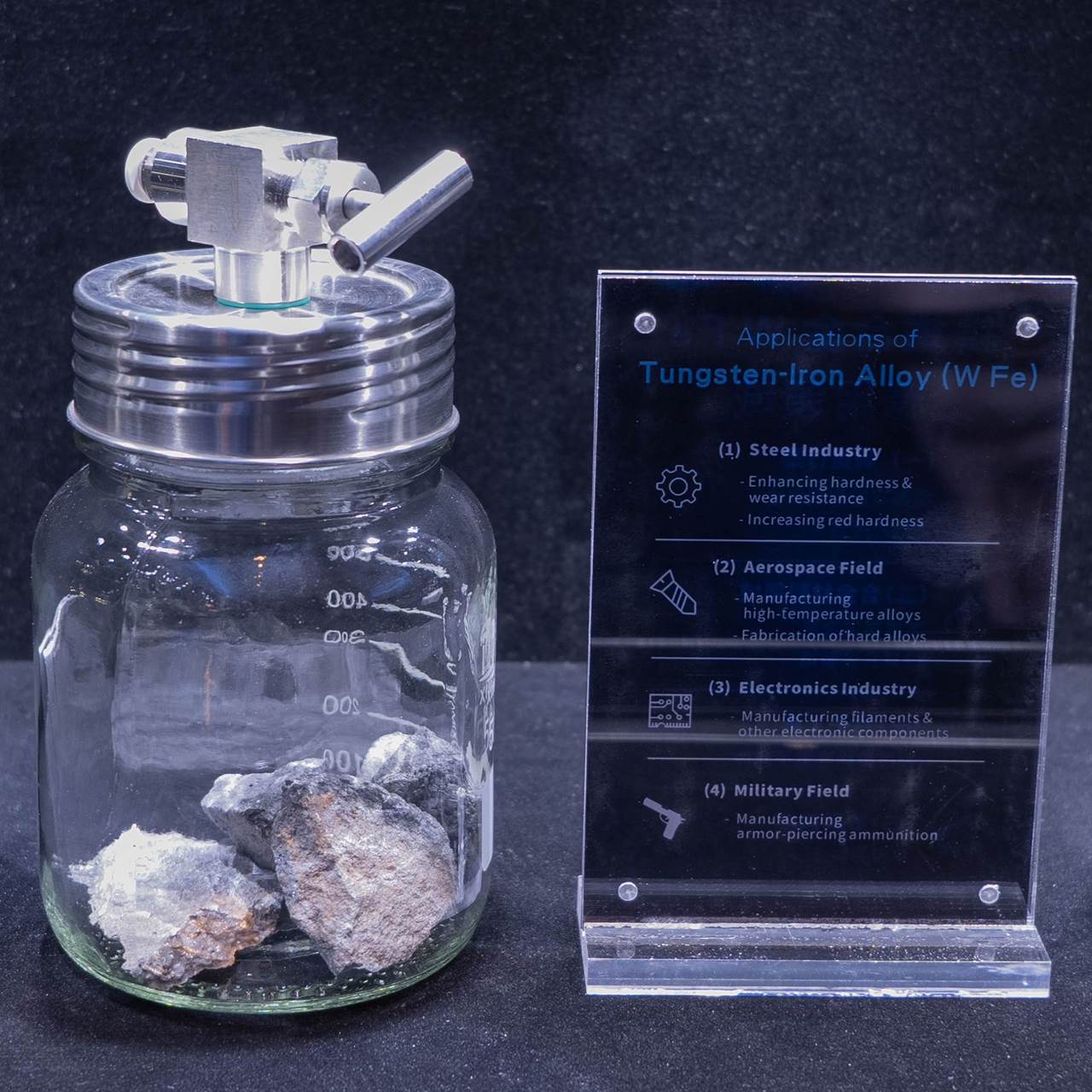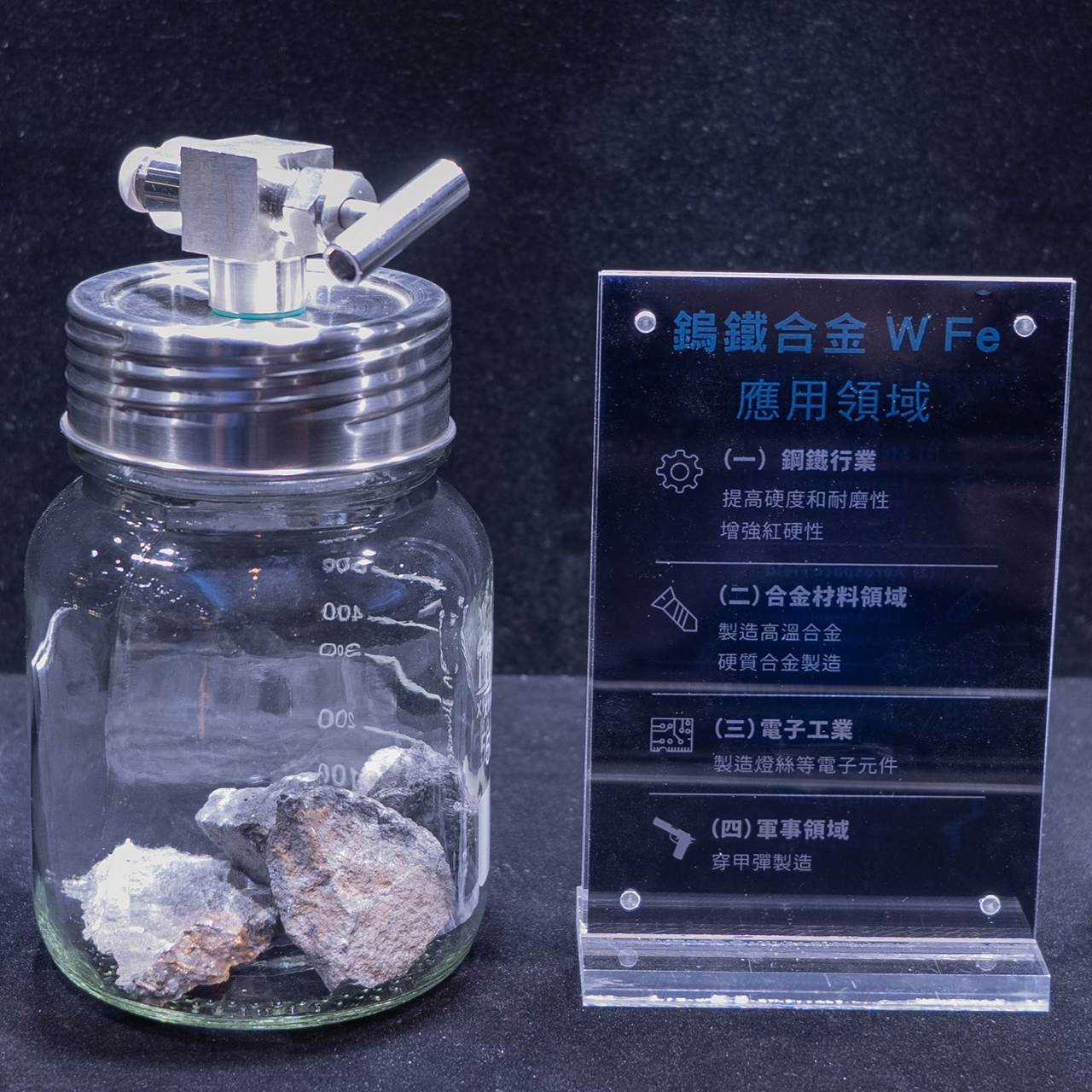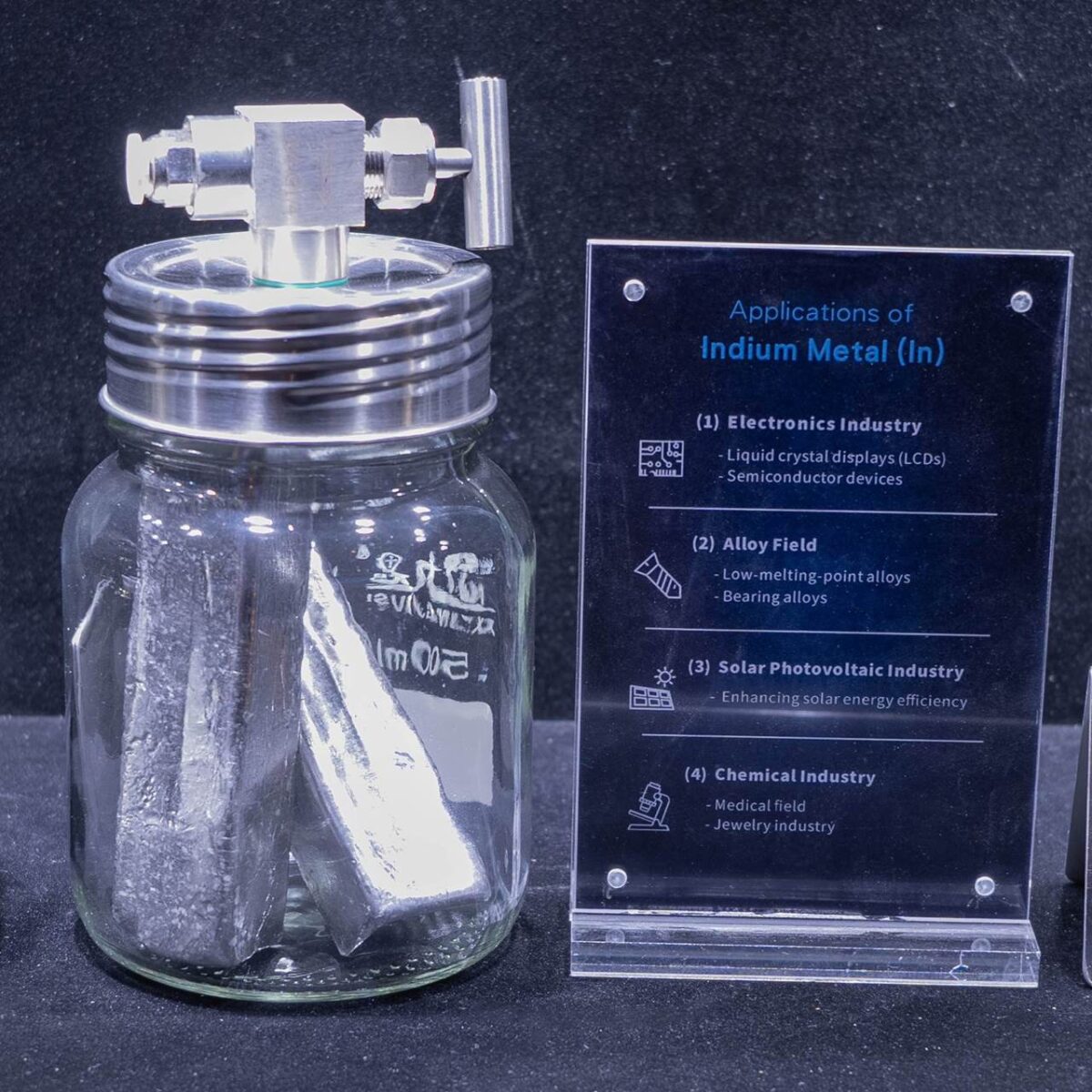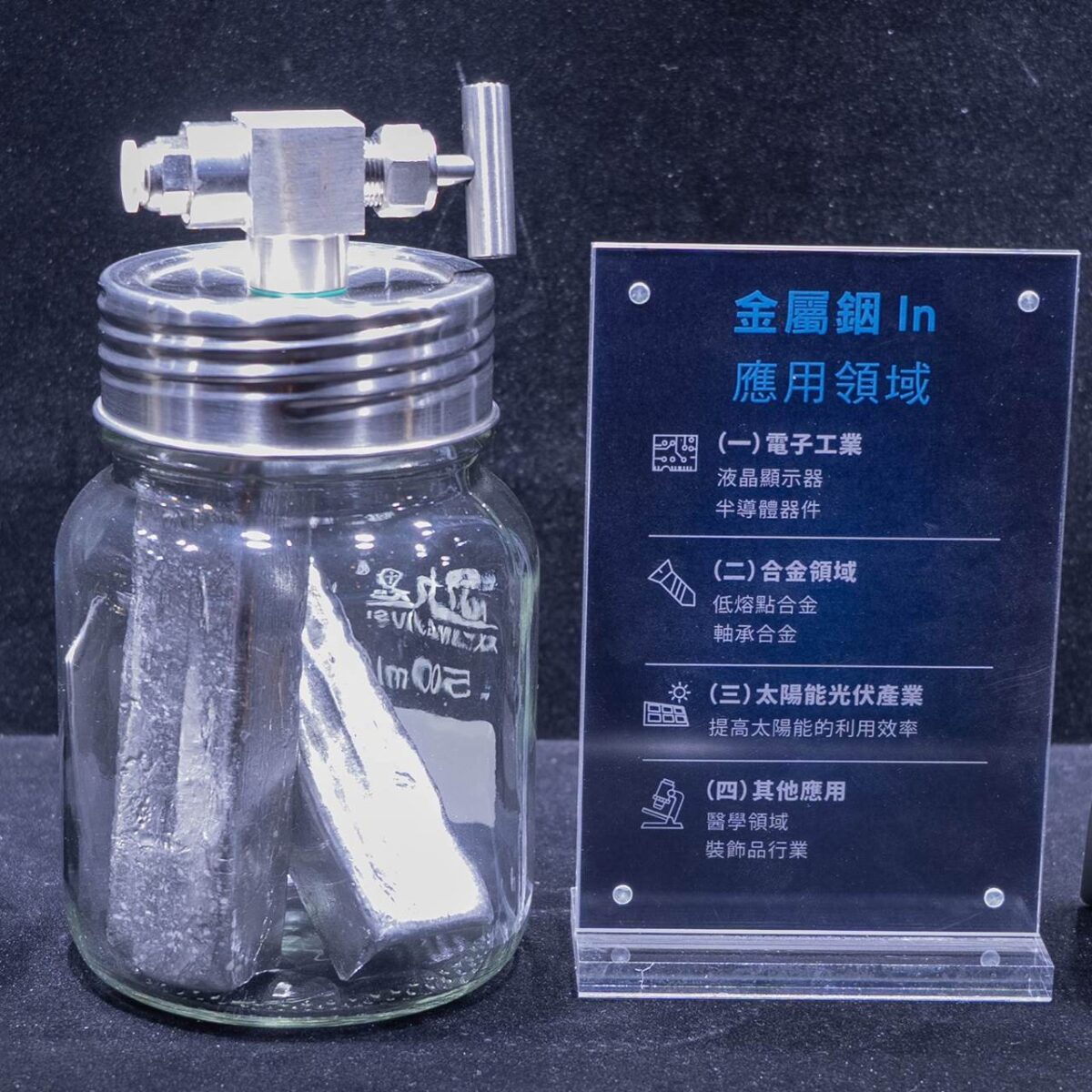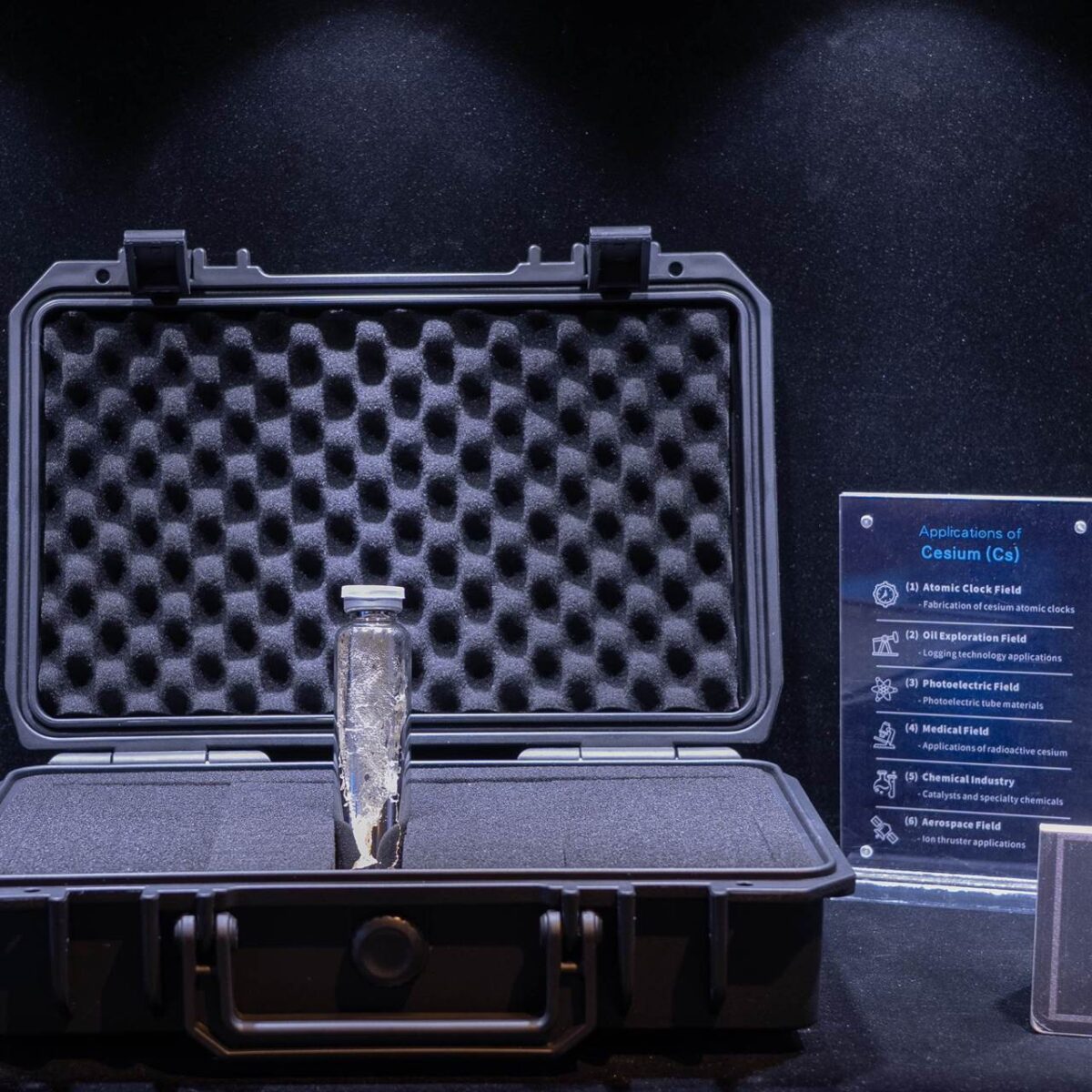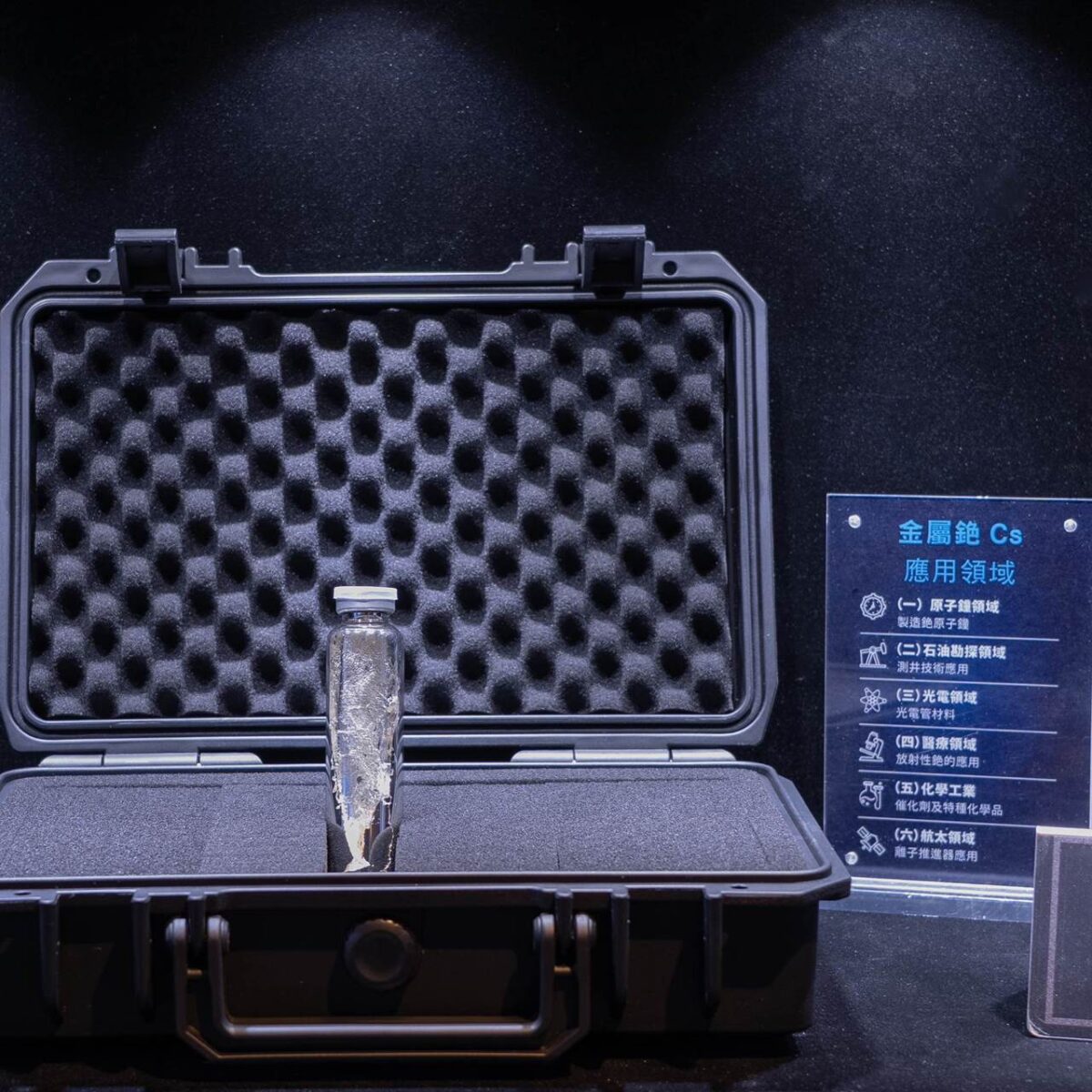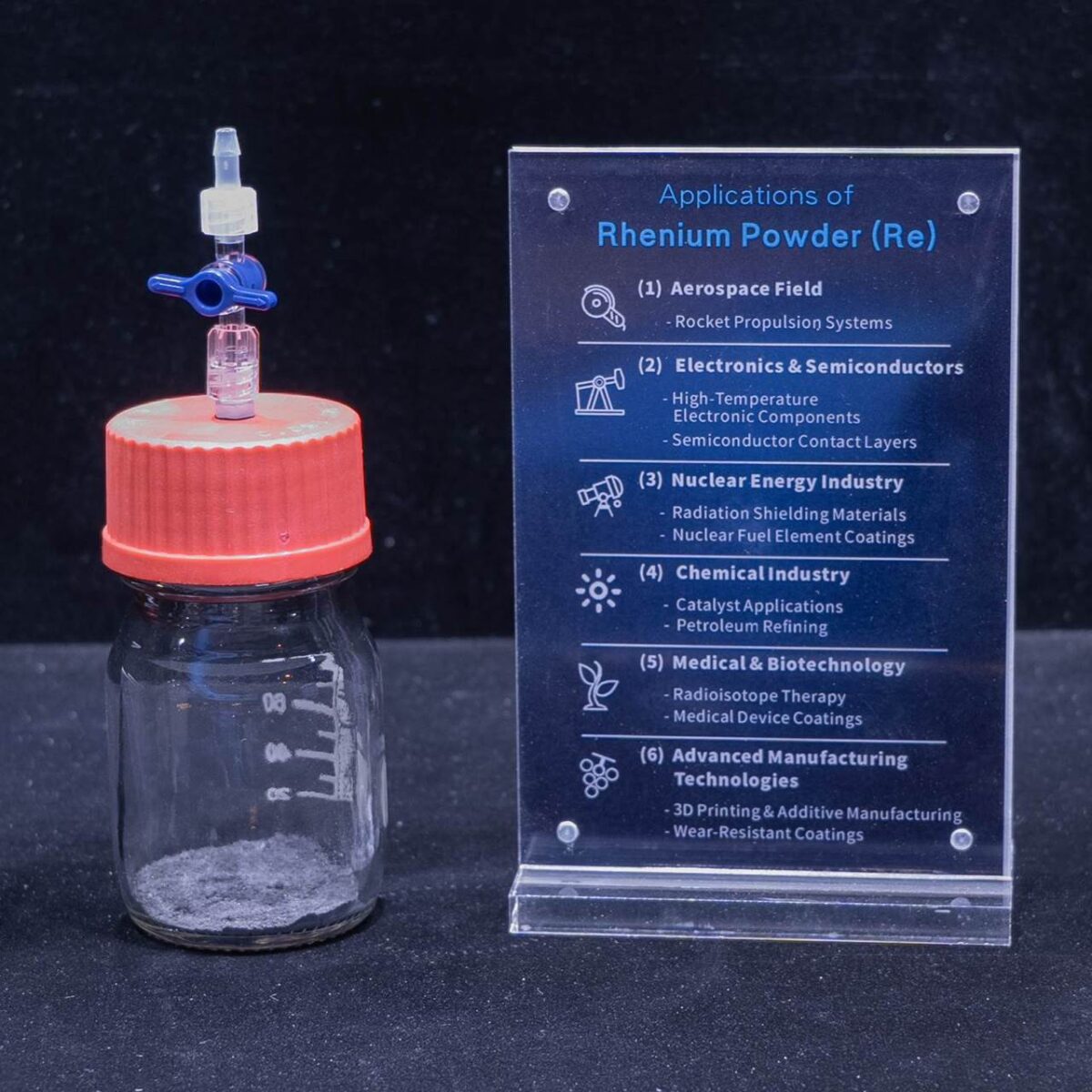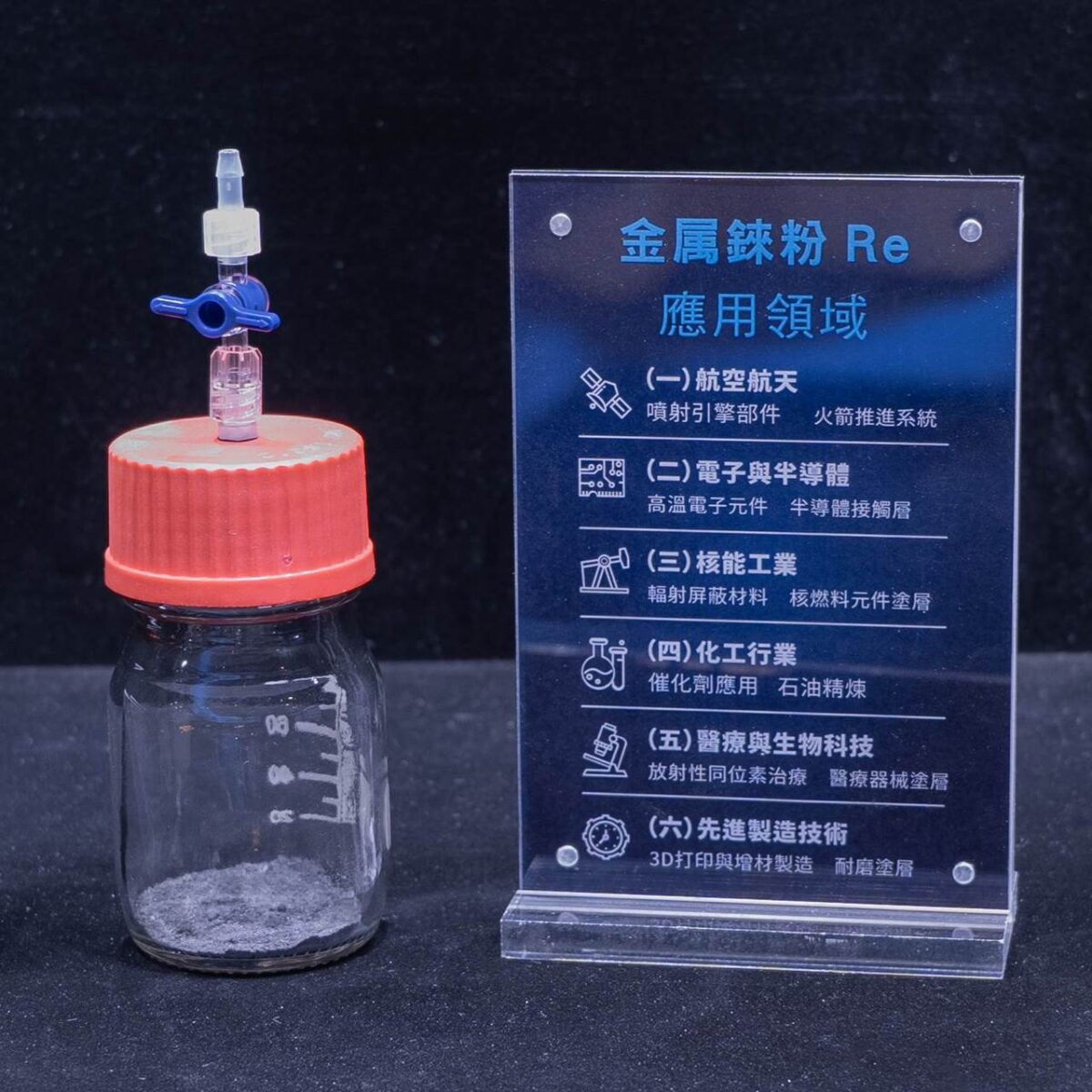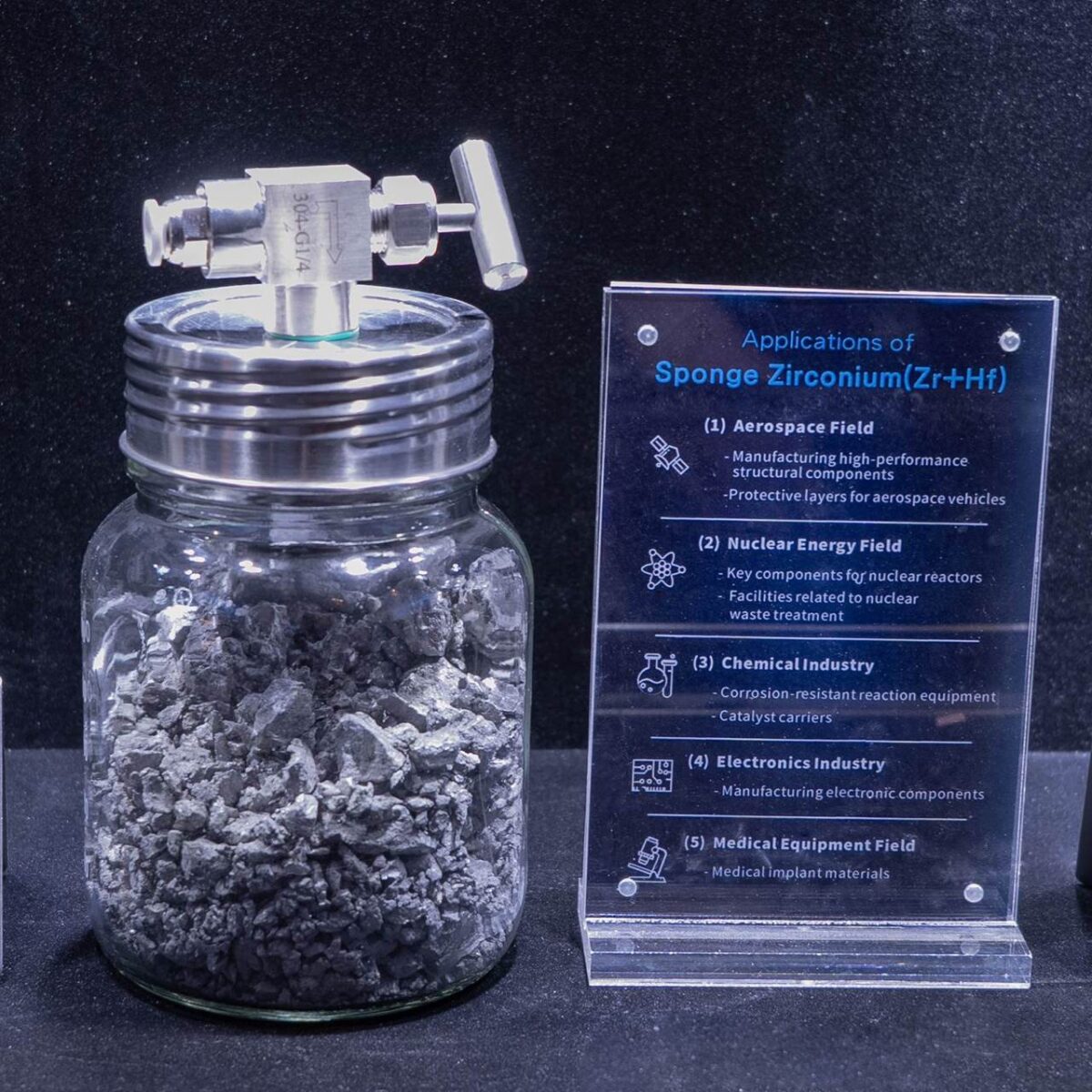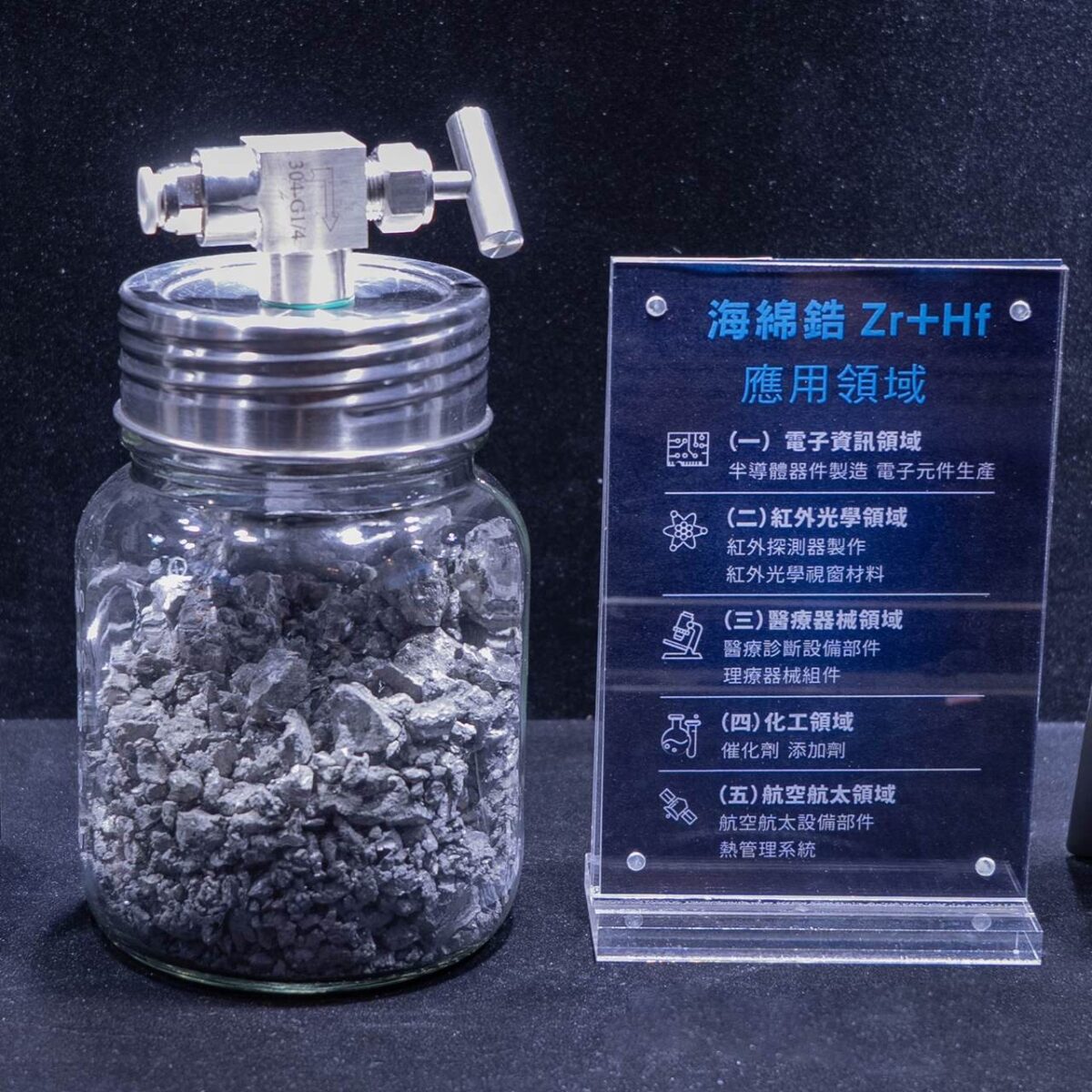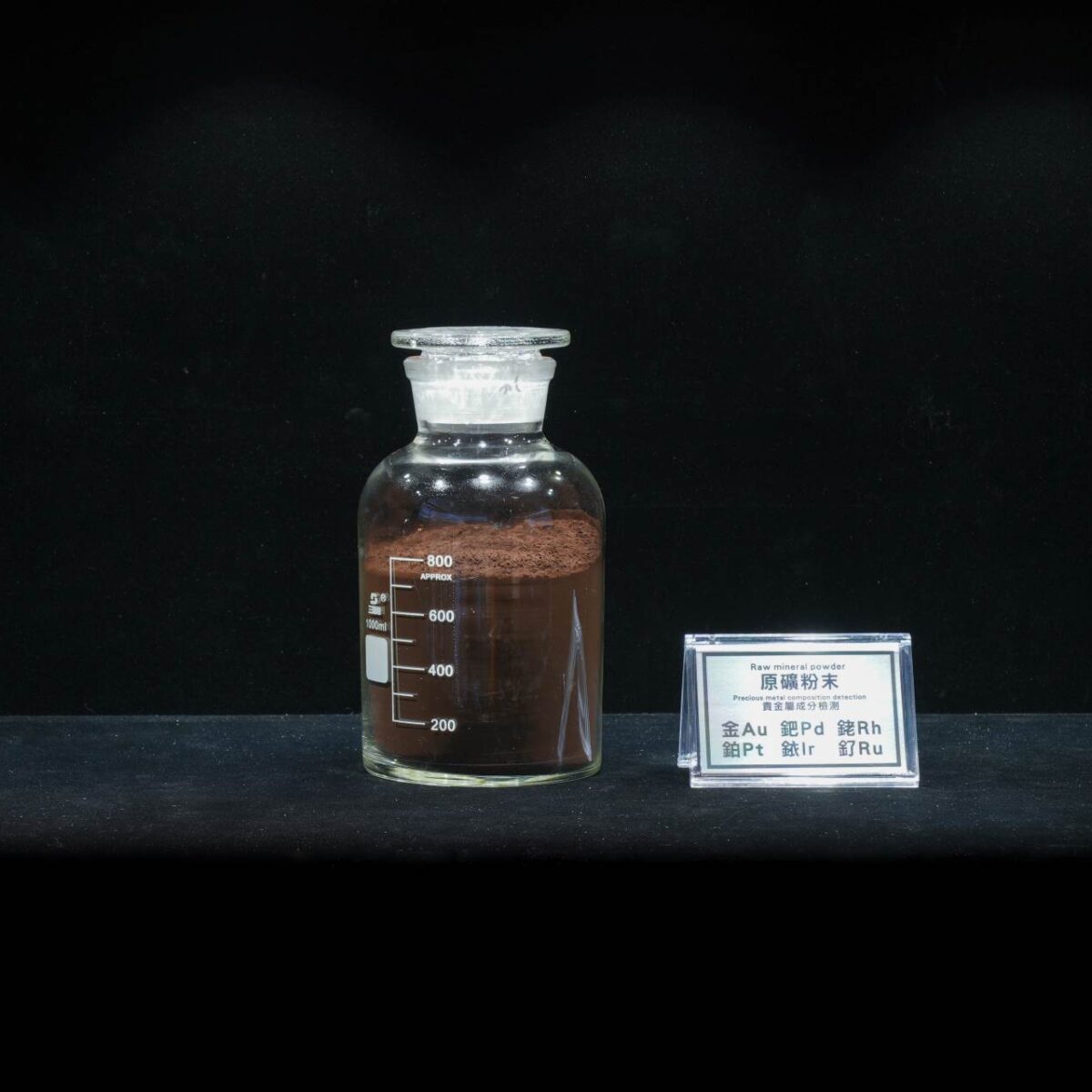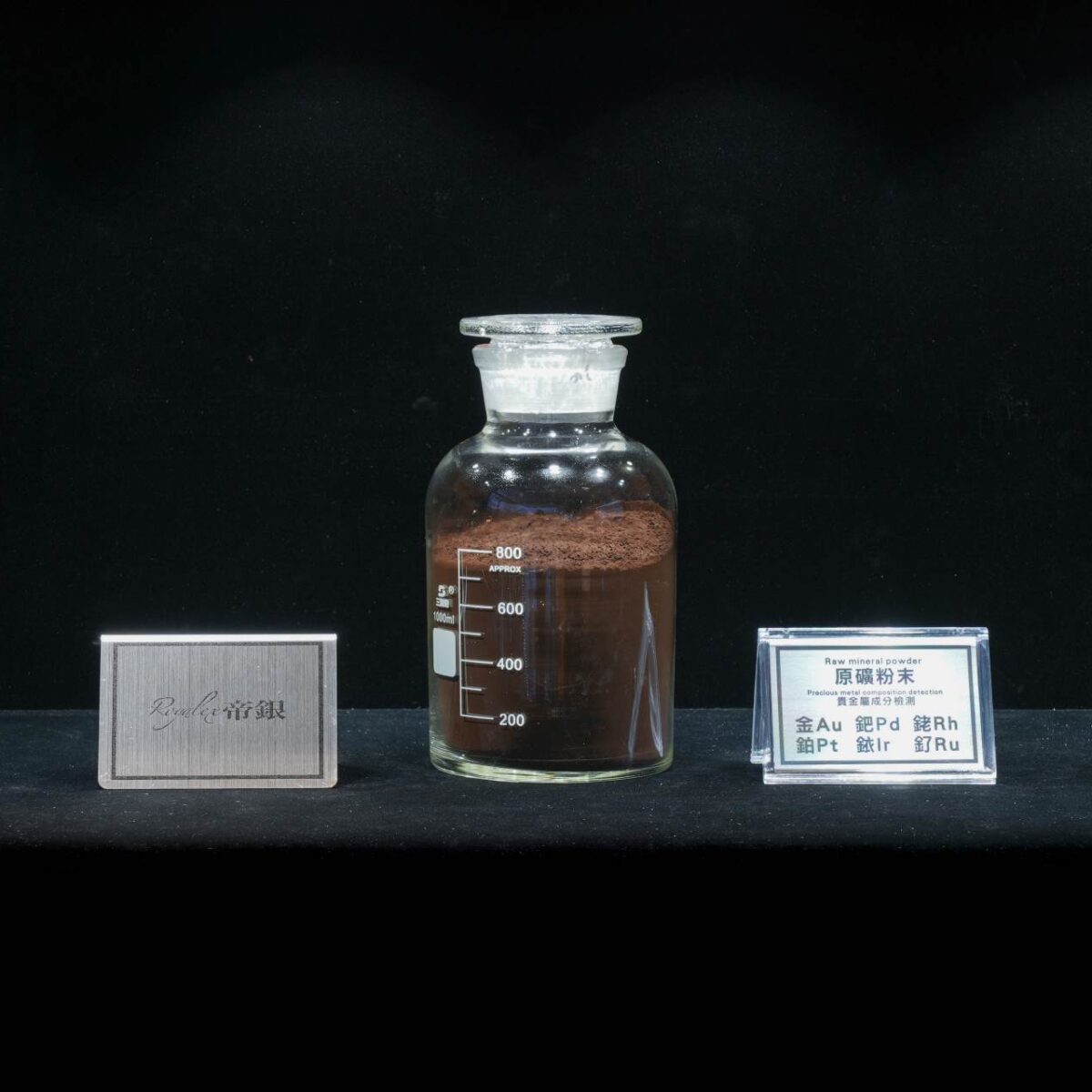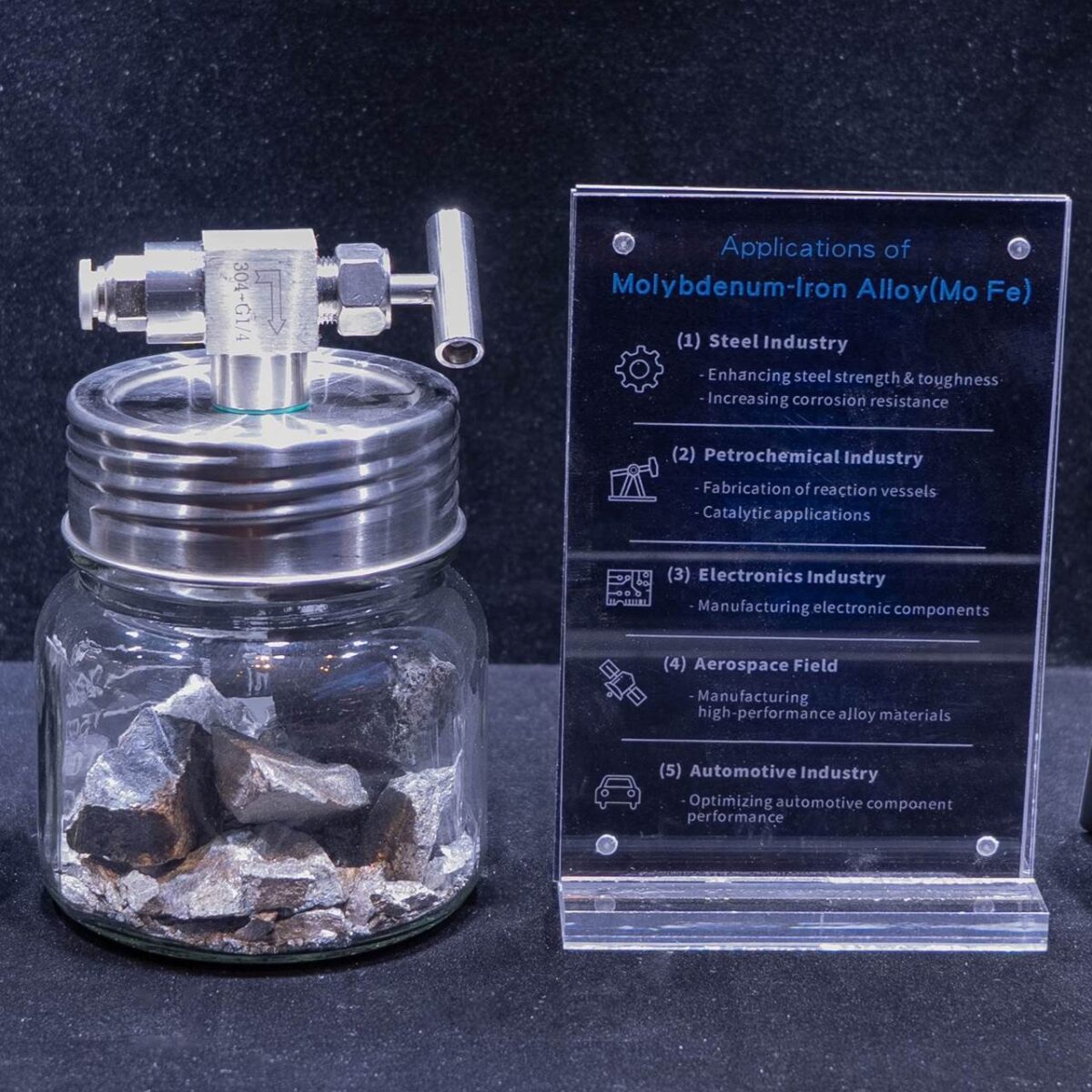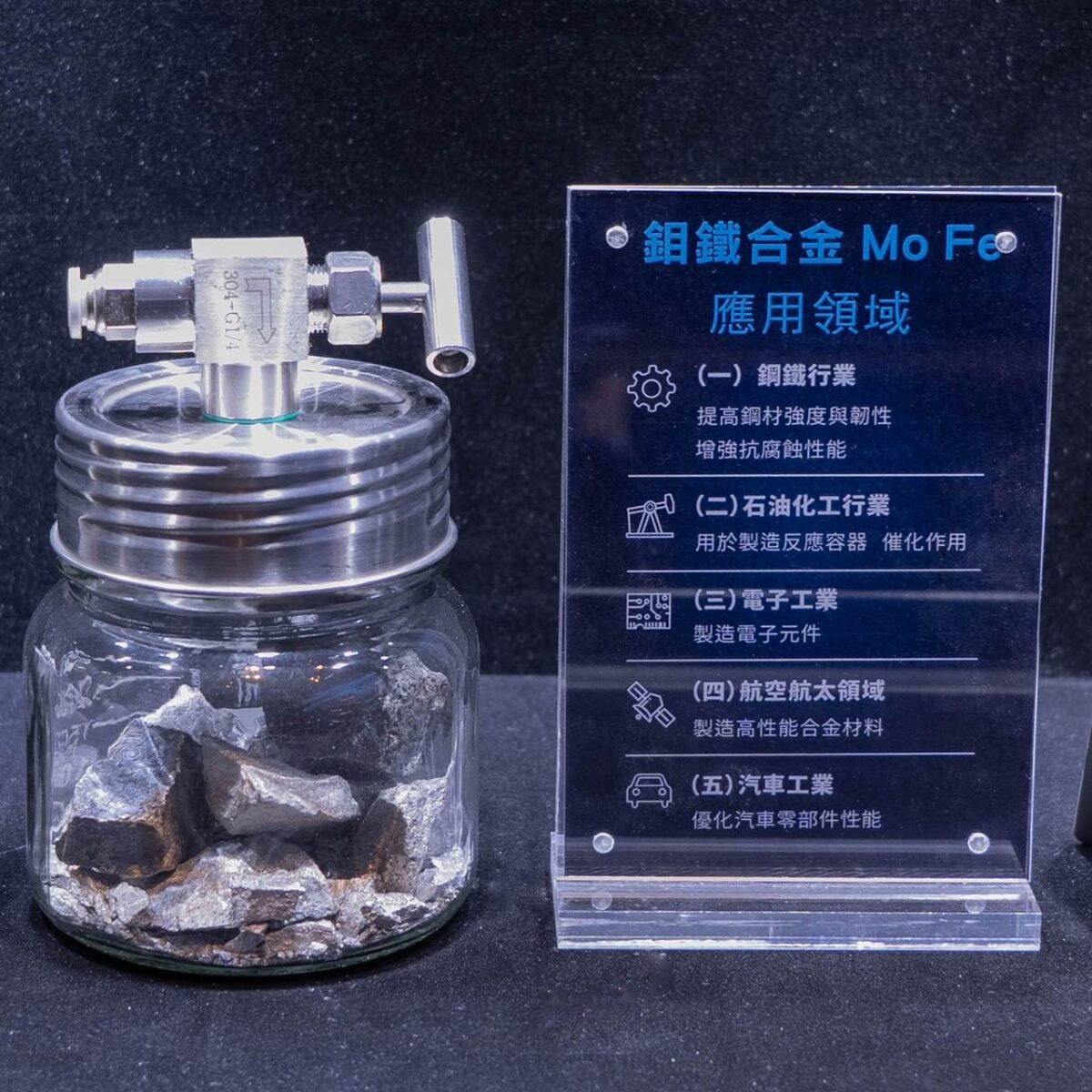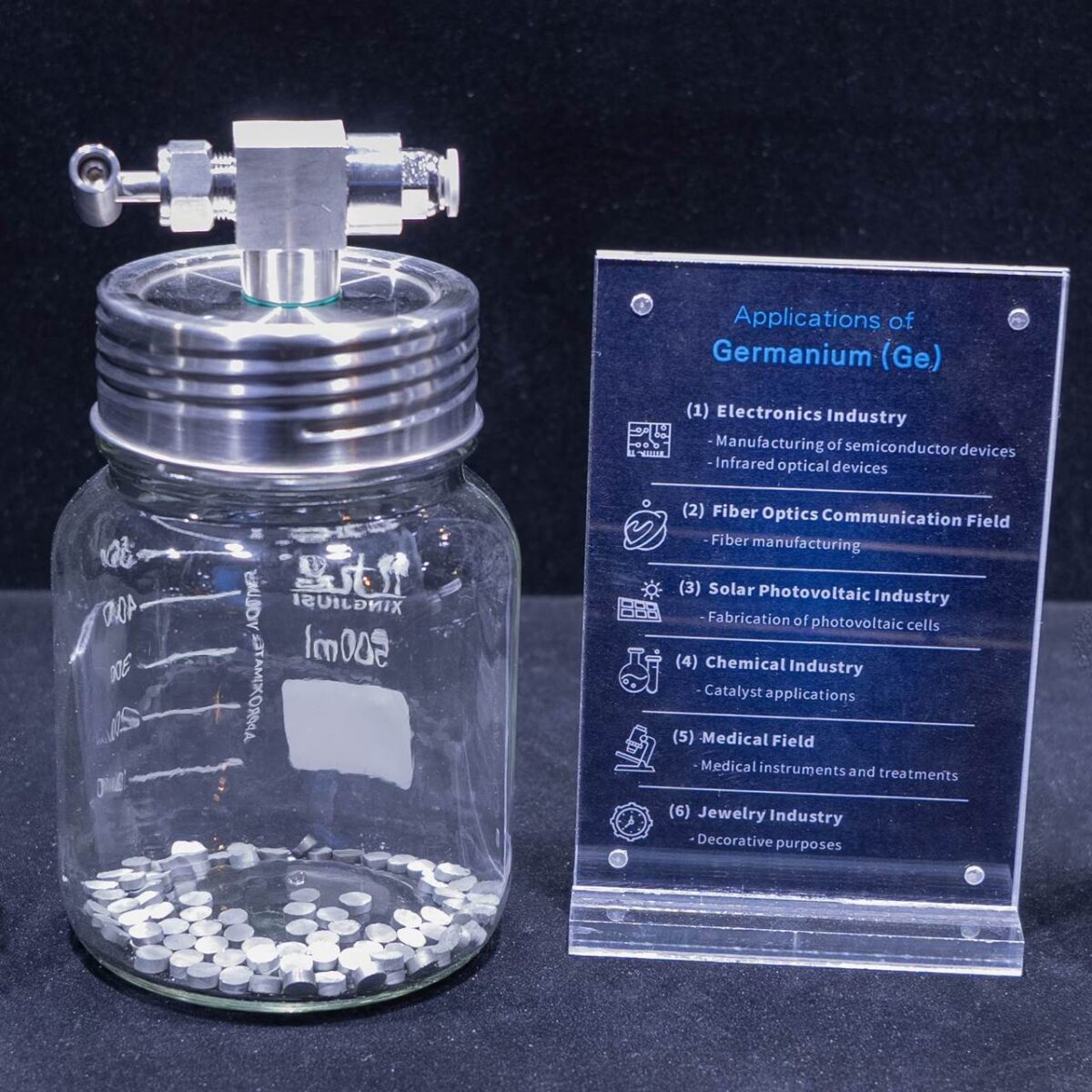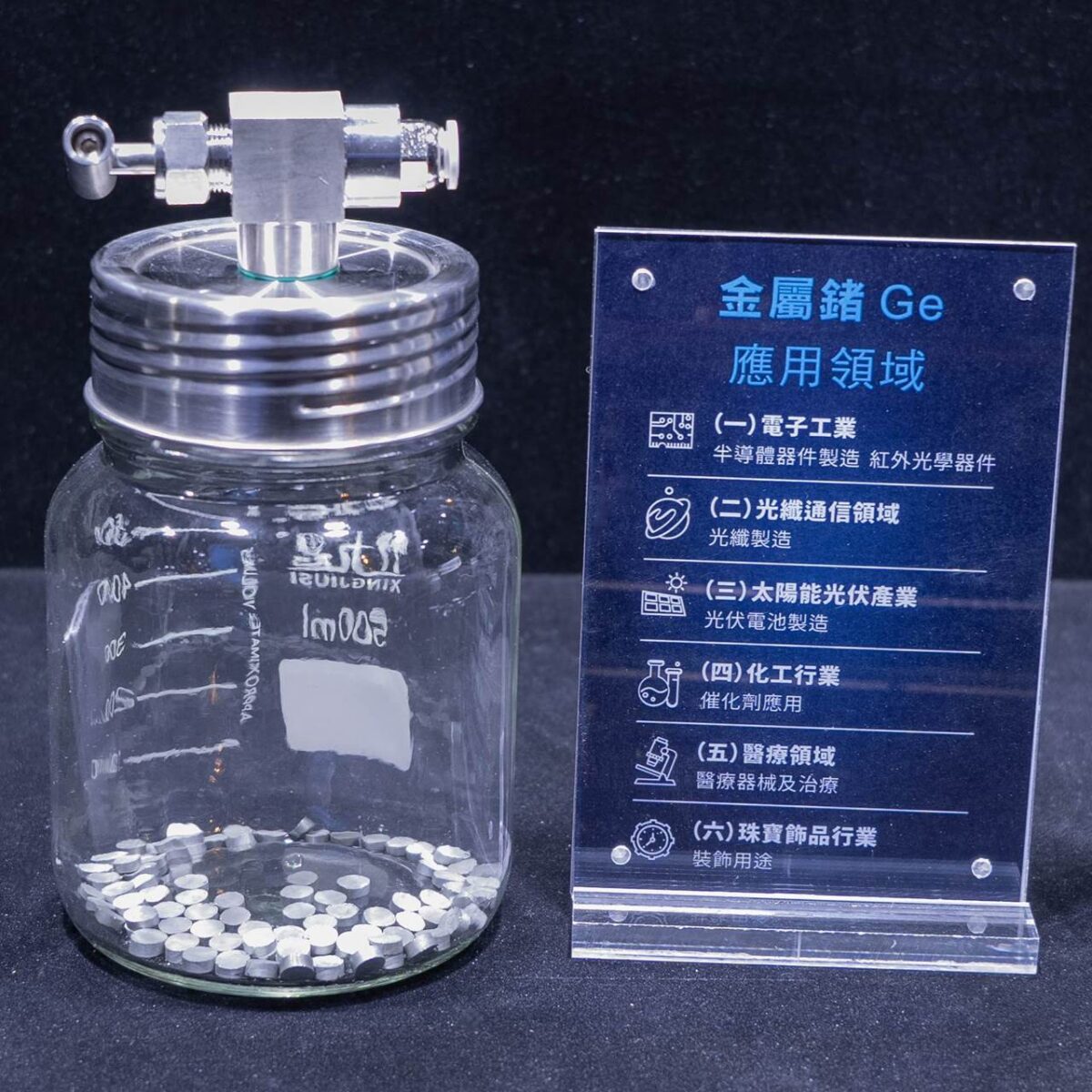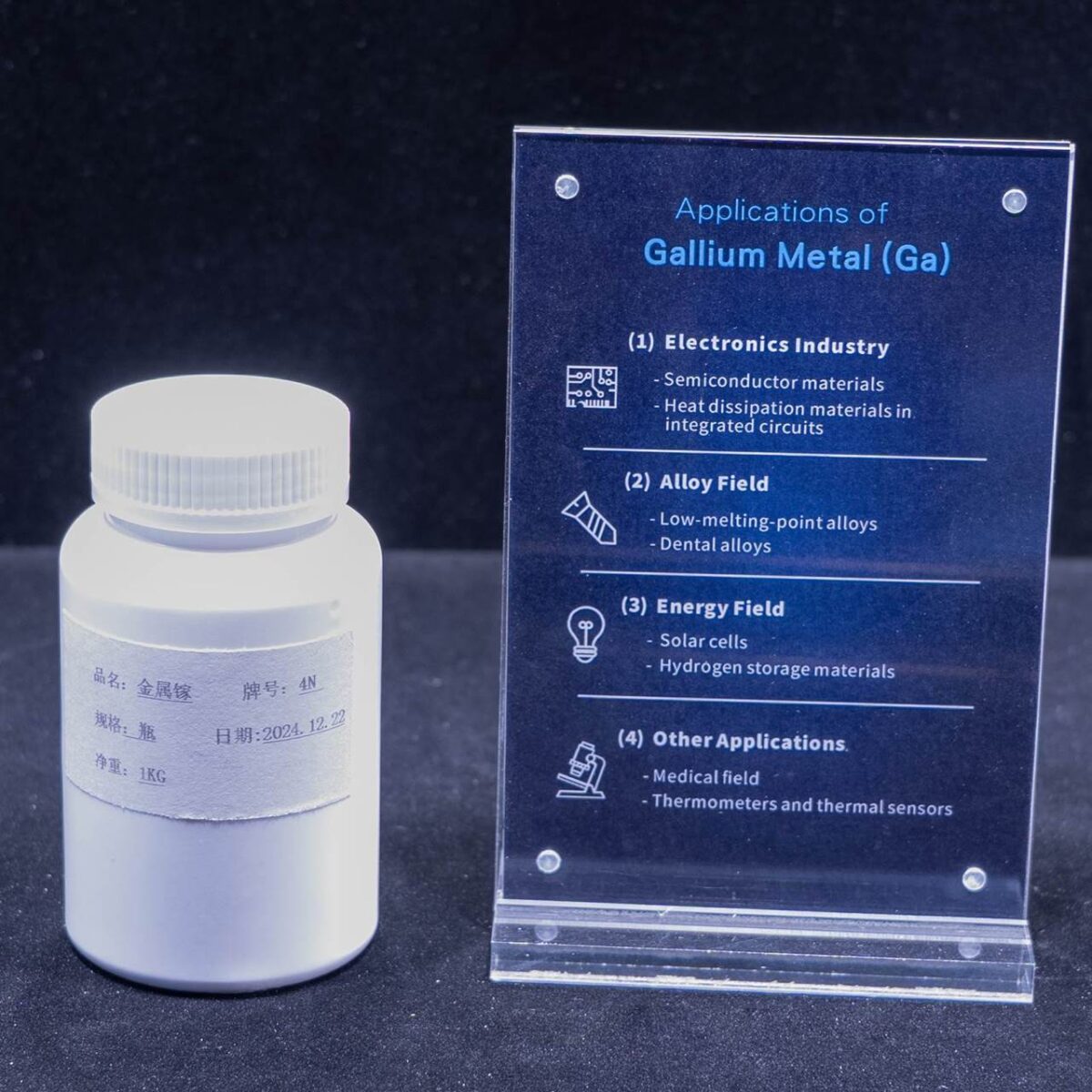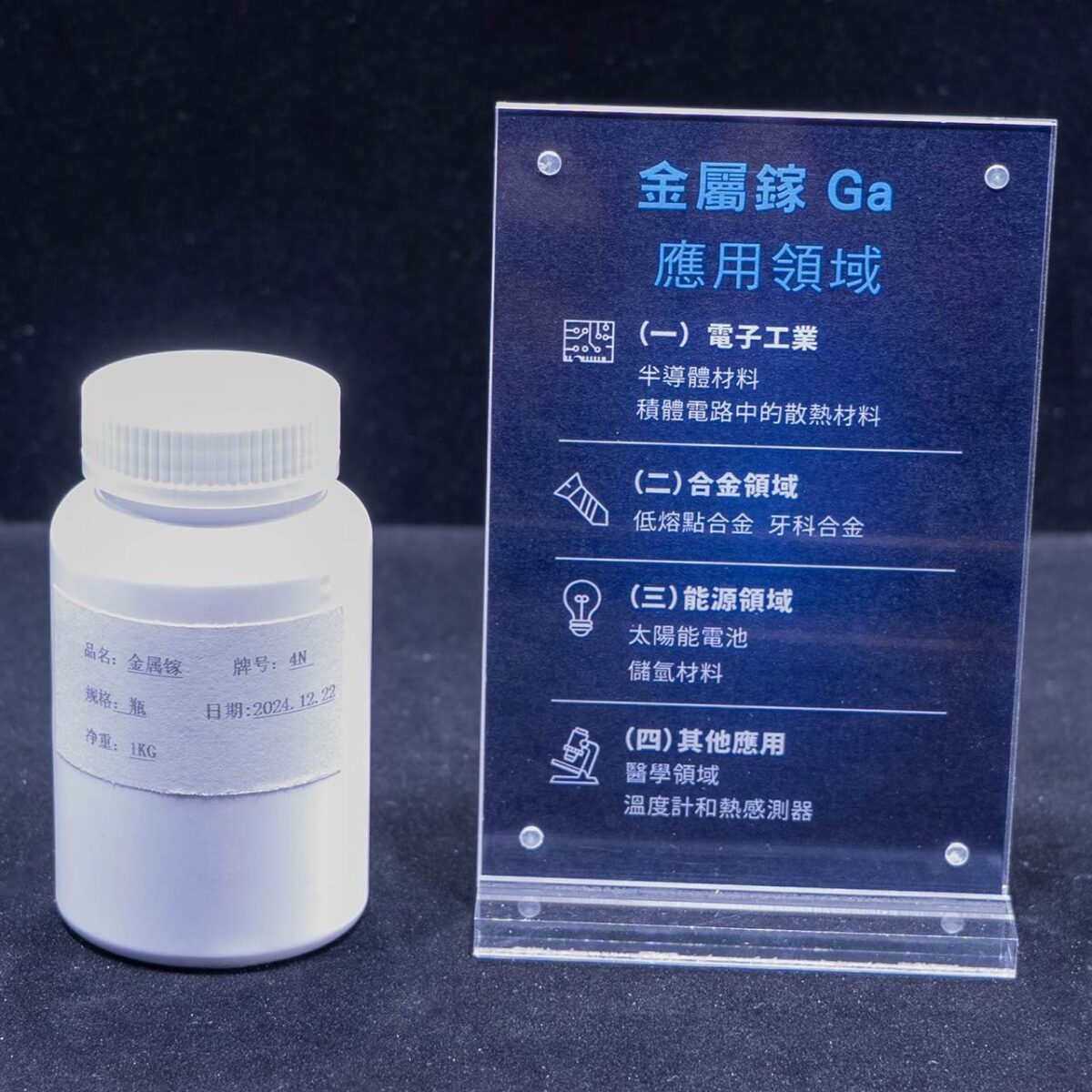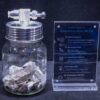Appearance
Tungsten-iron alloy generally appears in block or granular form, with a silvery-gray metallic luster on its surface.
Density
It has a very high density, approximately 15-19 g/cm³, which gives it a distinct sense of weight. This is due to the high density of tungsten itself (about 19.3 g/cm³), which is inherited by the tungsten-iron alloy.
Melting Point
The melting point is extremely high, reaching 2750-2860°C, which is among the higher levels for common metals and alloys. This characteristic enables tungsten-iron to withstand high-temperature environments.
Stability
At room temperature, the tungsten-iron alloy is relatively chemically stable and not easily oxidized in air. However, under complex conditions involving high temperatures, humidity, and strong oxidizing agents, it may undergo chemical reactions.
Corrosion Resistance: It has good resistance to common acids and alkalis. However, in the presence of special highly corrosive chemical reagents, such as hydrofluoric acid and aqua regia (a mixture of concentrated hydrochloric acid and concentrated nitric acid in a 3
1 volume ratio), it can be corroded over time. This is because the iron component in tungsten-iron alloy is gradually eroded under these highly corrosive conditions.
Steel Industry
Improving Hardness and Wear Resistance
When tungsten-iron is added to steel during the steelmaking process, tungsten reacts with carbon in the steel to form hard carbides, such as WC (tungsten carbide). These carbides are evenly distributed in the steel matrix, significantly enhancing the hardness and wear resistance of the steel. For example, in the production of tool steel, the addition of tungsten-iron can increase the hardness of the tool steel by 2-3 times and greatly enhance its wear resistance. The service life of tools such as cutting tools and molds made from this steel can be extended several times, bringing significant economic value to industries such as metal processing.
Enhancing Red Hardness
Tungsten-iron also enhances the red hardness of steel. Red hardness refers to the ability of a material to maintain high hardness at high temperatures. High-speed steel tools containing tungsten-iron can still maintain high hardness even when the cutting temperature rises to 500-600°C during the cutting process, thus ensuring cutting performance. This makes them suitable for high-speed cutting and heavy cutting processes.
Alloy Materials Field
Manufacturing High-Temperature Alloys
Tungsten-iron is one of the important raw materials for high-temperature alloys. High-temperature alloys are used to manufacture components that operate in high-temperature environments, such as turbine blades in aero-engines and gas turbine blades. In these high-temperature alloys, tungsten can improve the high-temperature strength and anti-creep properties of the alloy. For example, in nickel-based high-temperature alloys, the addition of an appropriate amount of tungsten can increase the strength of the alloy by 30%-50% in high-temperature environments above 1000°C, and significantly enhance its anti-creep properties. This allows components to operate stably for extended periods under extreme conditions of high temperature and high pressure.
Manufacturing Cemented Carbides
In the field of cemented carbides, tungsten-iron plays a key role. Taking WC-Co (tungsten carbide-cobalt) cemented carbides as an example, tungsten carbide is the main hard phase. Tungsten-iron is added as a raw material to prepare tungsten carbide, which is then mixed with the binder cobalt, pressed, and sintered to form cemented carbides. These cemented carbides are widely used in mining tools (such as rock drill bits) and metal cutting tools (such as cemented carbide turning tools). Their hardness can reach HRA 89-92 (Rockwell hardness on the A scale), greatly improving the cutting and crushing efficiency of the tools.
Electronics Industry
Manufacturing Filaments and Other Electronic Components
In early electron tubes, tungsten-iron alloys or tungsten-containing materials were used to manufacture filaments. Tungsten’s high melting point allows it to withstand the high temperatures generated by electric current, enabling the filaments to emit light at high temperatures without easily breaking. Although electronic technology has continued to develop, tungsten-iron-related materials still have certain applications in some special electronic devices or components that require high-temperature heating, such as heating elements in certain high-temperature sensors.
Military Field
Manufacturing Armor-Piercing Projectiles
In the military field, tungsten-iron is used to manufacture the core of armor-piercing projectiles. The high hardness and high density of tungsten give the projectile core strong armor-piercing capabilities. When colliding with a target, the tungsten-iron core can penetrate the target’s armor using its own hardness and kinetic energy. For example, in the production of armor-piercing projectiles for modern main battle tanks, tungsten-iron cores can effectively penetrate advanced protective equipment such as composite armor, causing significant damage to enemy targets.

